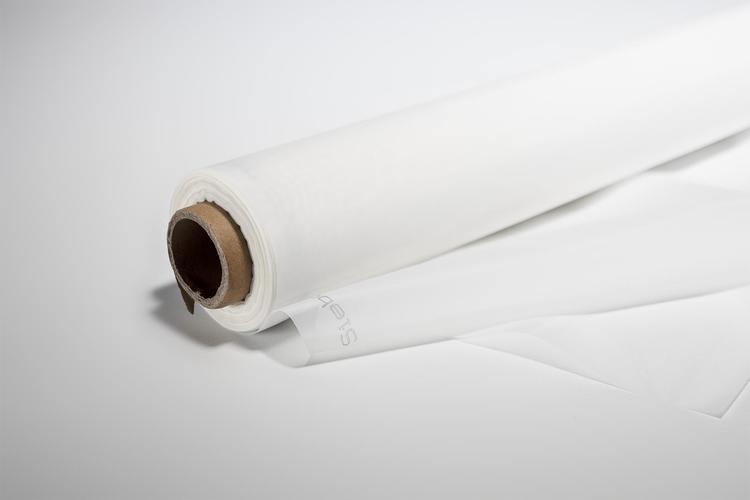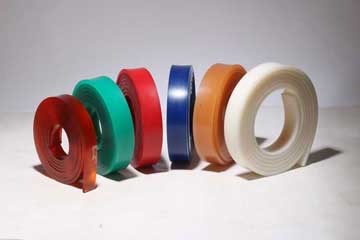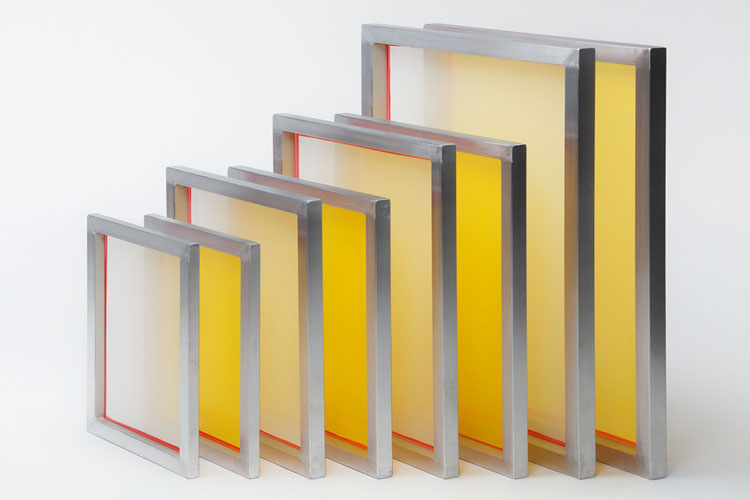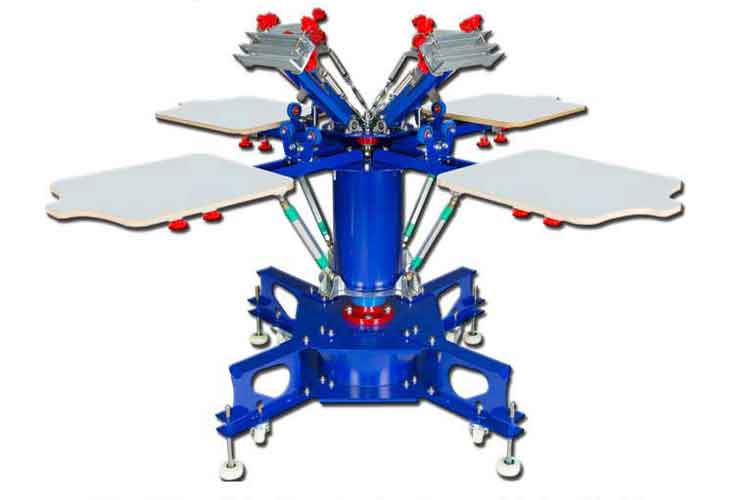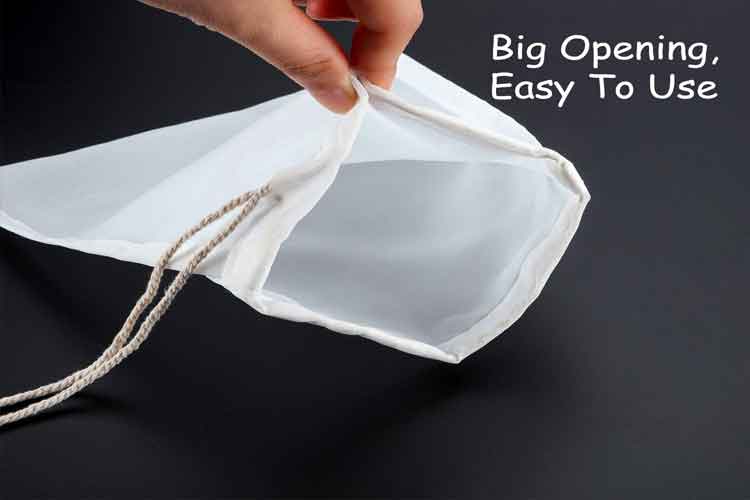120T Mesh for Professionals: A Balanced Approach to Ink Deposit and Fine Graphics
For shops that value repeatability, the 120t mesh is an excellent standard cloth to build around. It covers a broad spectrum of jobs — from garment logos to mid-detail posters — and, when paired with the right emulsion, squeegee, and technique, delivers c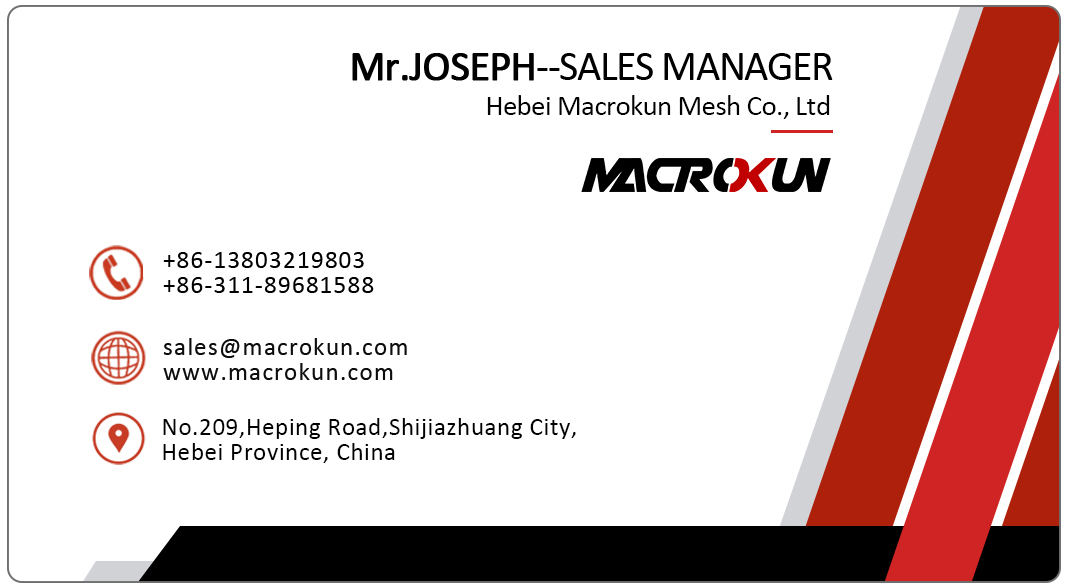
Why the 120t mesh is a smart baseline for many print jobs
If you want a mesh that balances detail and ink throughput across a wide range of printing tasks, the 120t mesh is often the first choice for shops that need predictable, repeatable results. It sits in the mid-to-fine range and is fine enough to reproduce halftones and crisp lines while still allowing a practical ink deposit for garments, posters, and many specialty surfaces. That balance is why many suppliers and experienced printers recommend it as a reliable everyday option.
What “120t” actually means and why it matters
The number “120T” denotes thread count in the metric system (threads per centimetre), which in practical terms corresponds to a relatively fine mesh opening suitable for detail work. In many product sheets, you’ll also see an inch-equivalent listed (for example, 120T roughly equates to the 300+ mesh per inch range used in some markets). Knowing this helps you match cloth to artwork: the 120t mesh keeps fine edges crisp without demanding microscopic exposure control or exotic inks.
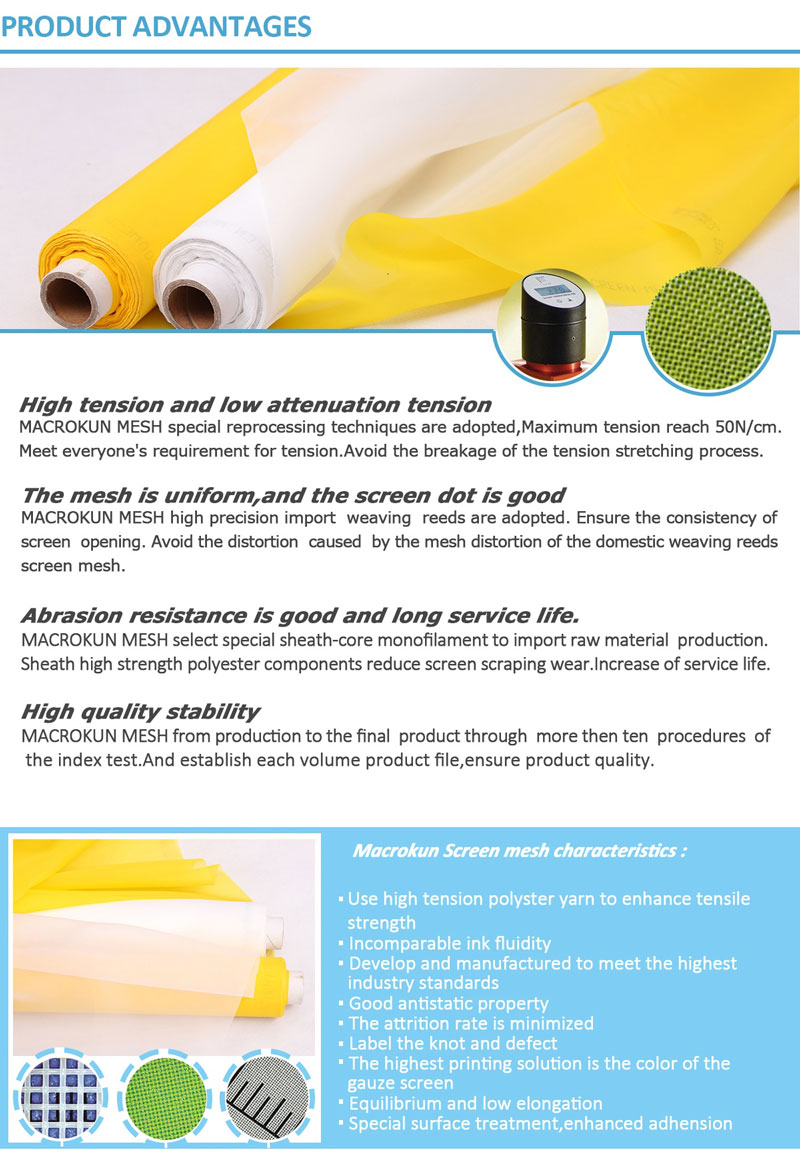
Monofilament polyester: the common and dependable choice
Most commercially used 120T cloth is made from polyester monofilament because that material offers low elongation, high tensile strength, and good chemical resistance. Those mechanical properties translate into steady tension, less drift during runs, and easier reclaiming after jobs. If you want a long-lasting screen that doesn’t surprise you with distortion, a 120T polyester construction is a sensible starting point.
Typical applications where 120t mesh shines
The 120t mesh is versatile: it’s frequently used for medium-detail artwork on garments (like multi-color logos), finer halftones for posters, and graphics on semi-porous materials. It’s not the finest mesh out there, but it’s fine enough to reproduce small text at moderate sizes while still permitting sufficient ink for strong, opaque coverage when needed — especially if you plan for an underbase or controlled flood-and-print technique.
How mesh affects ink deposit and hand-feel
Higher mesh counts (finer cloth) naturally pass less ink per pull, producing a softer hand on garments and a finer halftone rendering. The 120t mesh keeps a pleasant middle ground: prints feel reasonably soft but still carry enough pigment to be vivid. If you need extremely opaque white on dark garments, pairing 120T with a proper underbase and tighter print technique yields the best trade-off between opacity and hand.
Choosing the right emulsion and exposure for 120t
Because 120T is relatively fine, emulsion thickness and exposure become important controls. Use an even, appropriate coat and test-expose a small sample to dial in the exposure time that yields clean edges without over-burn. A consistent emulsion and a controlled exposure schedule help the 120t mesh reproduce sharp lines while avoiding clogged halftone dots.
Tension and registration: the operational advantage
A stable, predictable register is easier with consistent mesh and tension. The 120t mesh tolerates reasonably high tension while keeping distortion low, which is particularly useful on multi-color jobs where tight registration matters. Proper grommets, consistent stretching, and a reliable tension meter help the cloth perform the same way job after job.
Cleaning, reclaiming and durability
One practical advantage of monofilament 120T is reclaimability. Regular rinsing immediately after use, followed by controlled chemical reclaim (as recommended by the emulsion manufacturer), keeps the cloth usable through many cycles. Avoid aggressive scraping that can nick filaments; instead, use soft brushes and the correct chemicals. With proper care, a 120t mesh screen will provide many production hours before replacement is necessary.
Selecting specific thread diameters and aperture sizes
Not all 120T cloth is identical — manufacturers specify thread diameter and mesh opening (in microns), which affect how fine your halftones can be and how much ink passes. If you need photographic detail or micro-halftones, check the supplier’s aperture and open surface percentage. Requesting a technical datasheet from your supplier helps you compare options and pick the right 120t mesh variant for your workflow.
Squeegee pairing: get consistent ink laydown
The mesh doesn’t work alone. Pairing the correct squeegee hardness and angle with the 120t mesh yields predictable ink deposit. Softer blades will push more ink and suit texture-heavy substrates, while harder blades favor crisp detail. For mixed work, many shops keep two squeegees on hand to swap quickly depending on whether they prioritize opacity or line fidelity.
Supplier checks: what to ask before you buy
When sourcing 120T cloth, ask for: plain-weave monofilament polyester construction, thread diameter (µm), open area percentage, recommended tension ranges, and whether the fabric is pre-shrunk or pre-stretched. A reputable supplier will provide a datasheet and, ideally, small samples so you can test exposure and print characteristics before committing to large rolls. That simple verification reduces waste and ensures your chosen 120t mesh performs to expectation.
Common mistakes that shorten cloth life
Avoid these pitfalls: (1) overexposure that embrittles emulsion, (2) using abrasive tools during reclaim, (3) storing screens curled or in damp conditions, and (4) mismatching emulsion coat-thickness to the mesh fineness. Avoiding these errors helps your 120t mesh deliver longer, more consistent service life and fewer surprises during critical runs.
Practical inventory tips for consistent production
Keep at least one spare framed screen for each production-critical job, and maintain a rolling stock of the most-used roll widths so you don’t lose time sizing or seaming. If you print a variety of sizes and pieces, stocking a couple of 120t mesh rolls in your most common widths reduces lead time and keeps setup efficient.
Final recommendation: standardize where it helps
For shops that value repeatability, the 120t mesh is an excellent standard cloth to build around. It covers a broad spectrum of jobs — from garment logos to mid-detail posters — and, when paired with the right emulsion, squeegee, and technique, delivers consistent, saleable results. Standardize your workflows around a reliable 120T option, train operators on exposure and tension practices, and the day-to-day improvements will compound quickly in reduced waste and better first-pass yield.
Tags:
